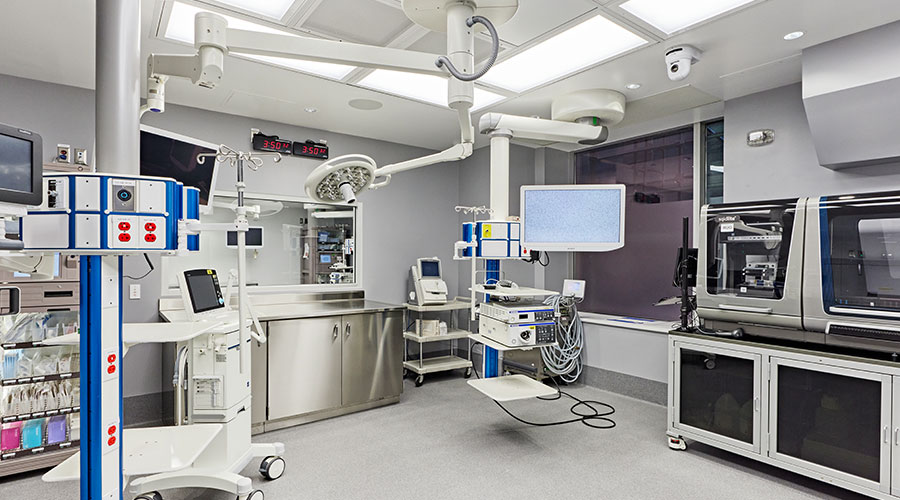A growing number of frontline workers are suffering from burnout and are looking to change careers. Low salaries, stress, and the flexibility to work remotely are among the top reasons healthcare workers cite for leaving their positions, according to a survey by Software Advice. Employees are leaving workplaces at a record pace, creating staffing shortages across the country, but healthcare workers are more difficult to recruit and retain than workers in other industries.
More than 22 million people are employed in healthcare and social services, making it the country’s largest employment sector. Nearly 60 percent of these positions are characterized as allied healthcare professionals who work in over 80 different job categories.
Despite the buzz surrounding the Great Resignation, healthcare professions are still finding ways to remain in their positions. Respondents cite that salary and benefits, loyalty to employer and co-workers, and loyalty to patients. Still, hospitals and other healthcare facilities are making a mission to better prioritize workplace issues in 2022 to retain employees.
“Retaining qualified healthcare workers is one of the biggest priorities for independent practices and hospitals right now, with increased salary being cited as the top retention method,” says Lisa Hedges, medical analyst with Software Advice. “A little raise can make a big difference in your employees’ lives, and that difference is often enough for them to continue being your employee.”
Regularly receiving employee feedback can help retain staff as it shows that employers are listening to its workers. A survey by Artemis Health found that three out of four companies base employee benefits decisions on employee feedback, which is up 33 percent since 2019. By gaining feedback, employers can better create benefits programs that employees want.
“Employee opinions are helpful for crafting benefits packages that reduce turnover and attract top talent, but this data is just one input into successful benefits design,” says Grant Gordon, CEO and co-founder of Artemis Health. “Employers must also analyze their benefits data to find out what’s working, what’s delivering better outcomes, and which programs are offering value on investment.”
Mackenna Moralez is the assistant editor for Healthcare Facilities Today.

 Building an Organ Regeneration Lab at UHN's Toronto General Hospital
Building an Organ Regeneration Lab at UHN's Toronto General Hospital Oracle Health Hit by Data Breach, Patient Data Possibly Compromised
Oracle Health Hit by Data Breach, Patient Data Possibly Compromised Ground Broken on New MD Anderson Sugar Land Facility
Ground Broken on New MD Anderson Sugar Land Facility Florida State University Reveals Plans for Panama City Beach Hospital
Florida State University Reveals Plans for Panama City Beach Hospital The Effect of Over-Cleaning on Human Health
The Effect of Over-Cleaning on Human Health